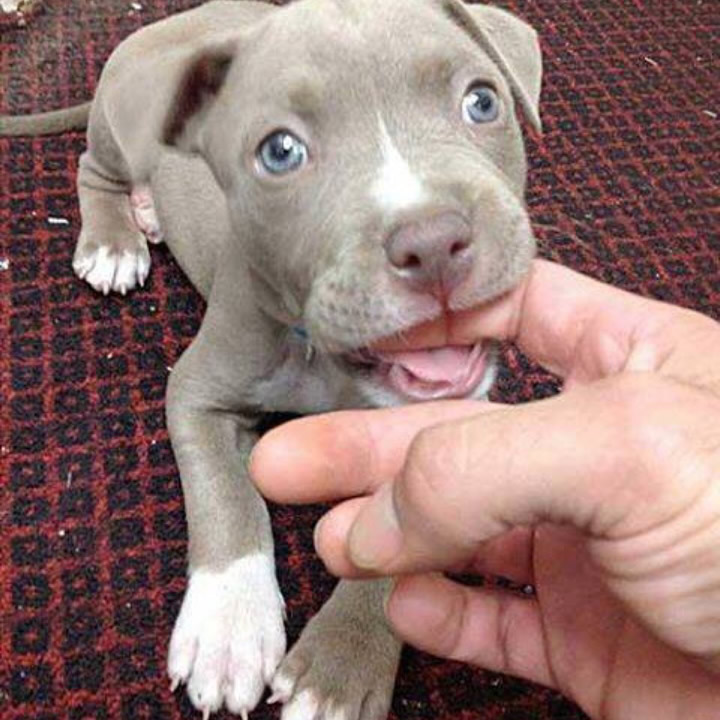Most dog owners and non-dog owners agree that training your dog plays a crucial role in your pet’s growth and ability to safely interact with people and other dogs. Despite this, most dog training studies report that training your dog can turn them into better pets.
The consequences of not training your dog are annoyance, aggressiveness, and frustration for both you and your pet. It also contributes to your dog’s development of preventable and unwanted manners that can lead to severe effects like injury or worse to your dog, family, and other pets. So, how can you train your dog when you are busy?
Shortening Your Training Sessions
As advised by experienced dog trainers from Wallys World of Dogs: Long Island Dog Training, your dog is like a human being. Training sessions need to give the dog enough time to rest and grasp commands. The training should be based on the dog’s ability to get the concept and not on how fast you want the dog to understand things. Training a dog continuously or when they are not in the mood won’t give you the best results.
When busy, avoid following the typical training schedules, which can go on for hours. Shortening your sessions helps the dog grasp one command at a time and makes them happy while learning different things. Cut down your sessions into sections of about five to ten minutes. Also, do this to identify times when the dog is actively participating in the training. Determine whether a ten-minute resting period between training sessions makes them more active or inactive for subsequent sessions.
Set Specific Times Of The Day For Training
Most dogs don’t have specific times that they prefer, and this includes their training times. But, your dog might dislike participating in teachings based on its characteristics and age. Spread your training sessions throughout a specified time of the day to prevent a lack of interest.
Every time you interact with your pet, make use of those moments by implementing a few training tricks such as offering rewards for obeyed commands or showing appreciation. You can perfect your training by using kibbles and treat containers that are placed in strategic locations. If you have tug toys in arms reach, you will be able to incorporate a quick, playful training session between resting intervals.
Turn Mealtimes Into Training Sessions
A bowl of food can be an excellent example of a reward. Think about reinforcement training theories, especially those where dogs learn to salivate when food is about to be served. You can train your dog at mealtimes, especially if you’d incorporate meals with commands.
Again, divide your dog’s food into sections and offer them according to the order that was obeyed. To implement this training method, divide meals using kibbles when offering canned or raw food. Teach different things by rewarding the dog with extra food by adding or doubling the portion of food for every correct response to a command.
Turn Walks Into Training Sessions
Simple walks are the most effective techniques to turn into training sessions. This is incredible because some breeds of dogs resist training. If you are going for a walk with your dog, it might seem like a simple outing to them. In the meantime, you can teach your dog things such as obeying directions and heeling while giving them some much-needed exercise.
With time, your dog gets used to following your steps and walking the same distance that you’ve consistently implemented into his training. You are thus training your dog without the dog’s knowledge.
Set Goals For Every Training Session
If you don’t set goals for every training session with your dog, you will not see a lot of results. Set achievable expectations for your sessions so that you can move from one skill or command to another.
For instance, when training your dog about specific manners, only move to the subsequent ones when you’ve comprehensively exhausted all the requirements to help your dog master the first command and skill. This is paramount in teaching your dog techniques that’d boost his mentality and grasping abilities, thus making it effortless even in training complex commands.
Use Your Dog’s Natural Abilities As Means Of Fostering Comprehensive Learning
Basic skills like snuffing, pulling, and hunting abilities are naturally obtained based on your dog’s breed. While you’ll want your dog to learn complex and professionally accepted skills, nurturing their natural abilities first will help them learn other skills and commands effortlessly.
Teach your dog to snuff and find toys and treats you’ve hidden around the house. Doing this will foster the dog’s ability to grasp commands quickly because you have sharpened their capabilities.
Even with a busy schedule, you should have time to train your dog. Break the training sessions down into little compartments to ensure that you get the best out of every small training session.

